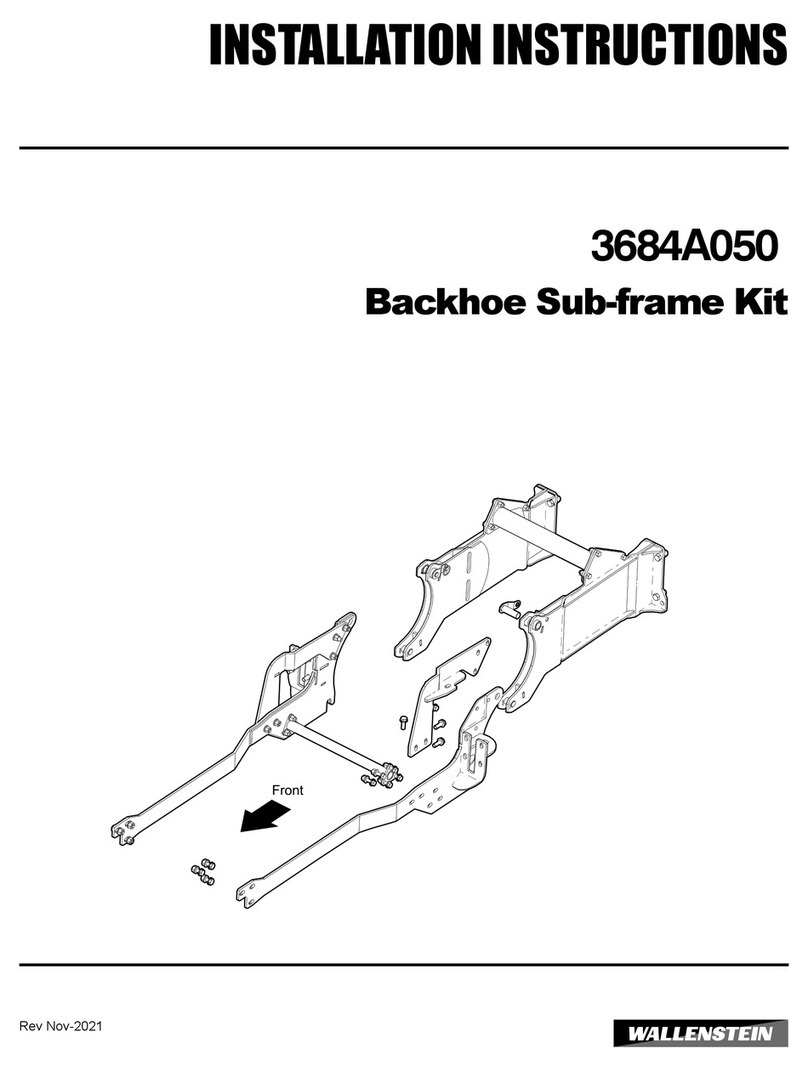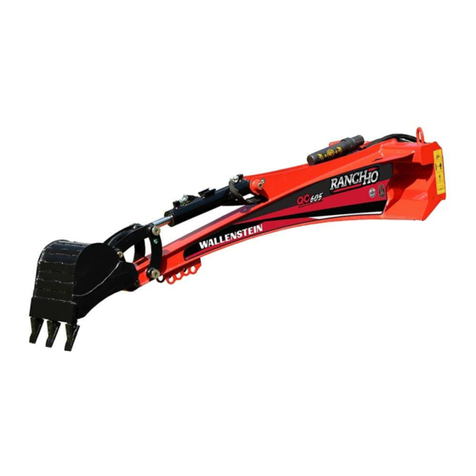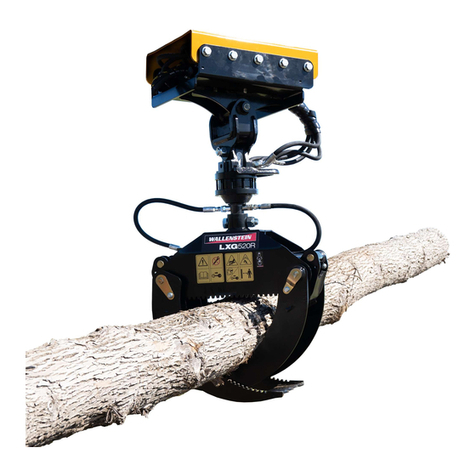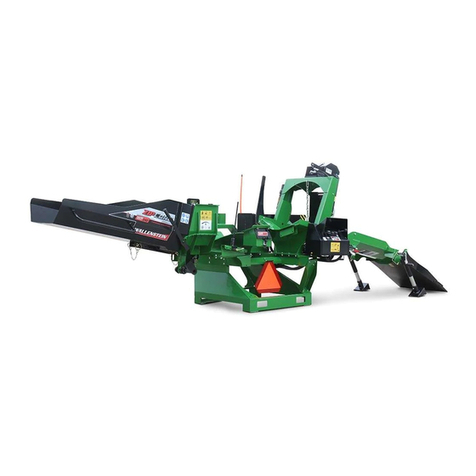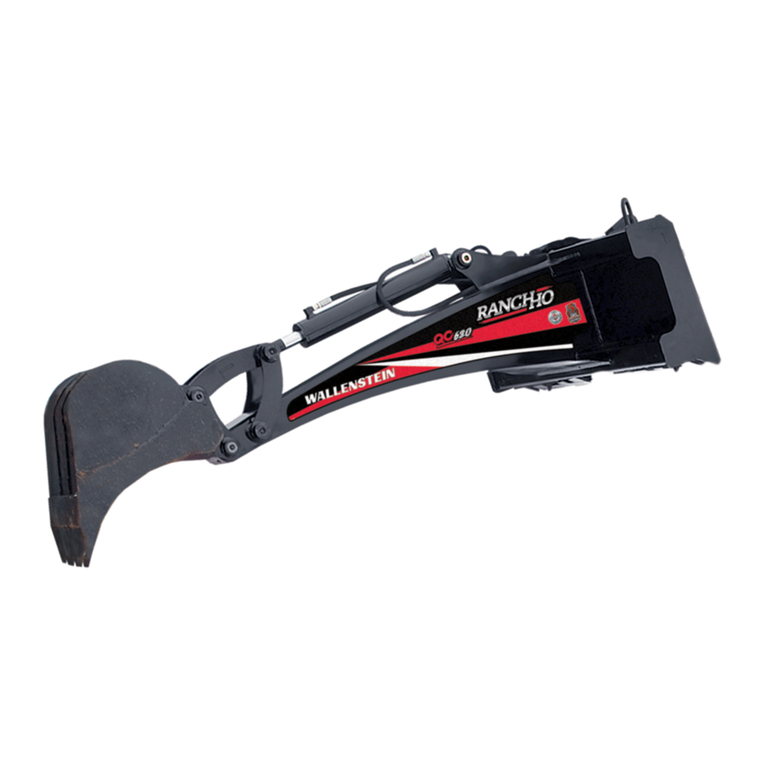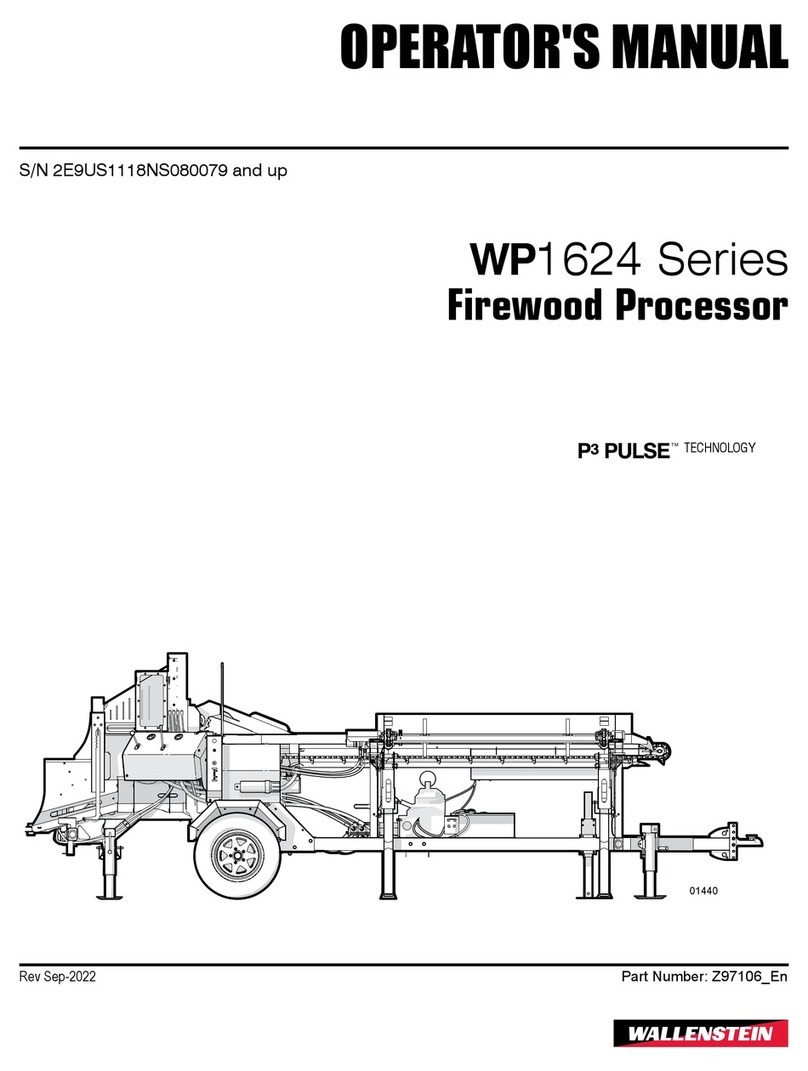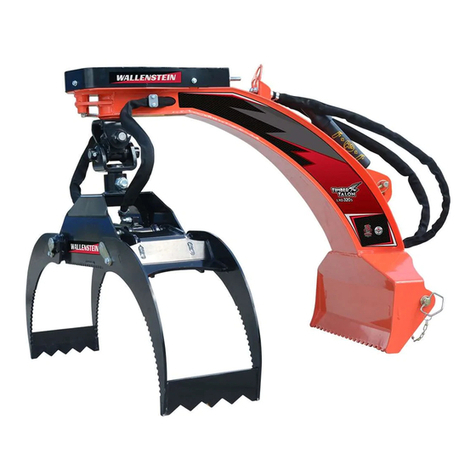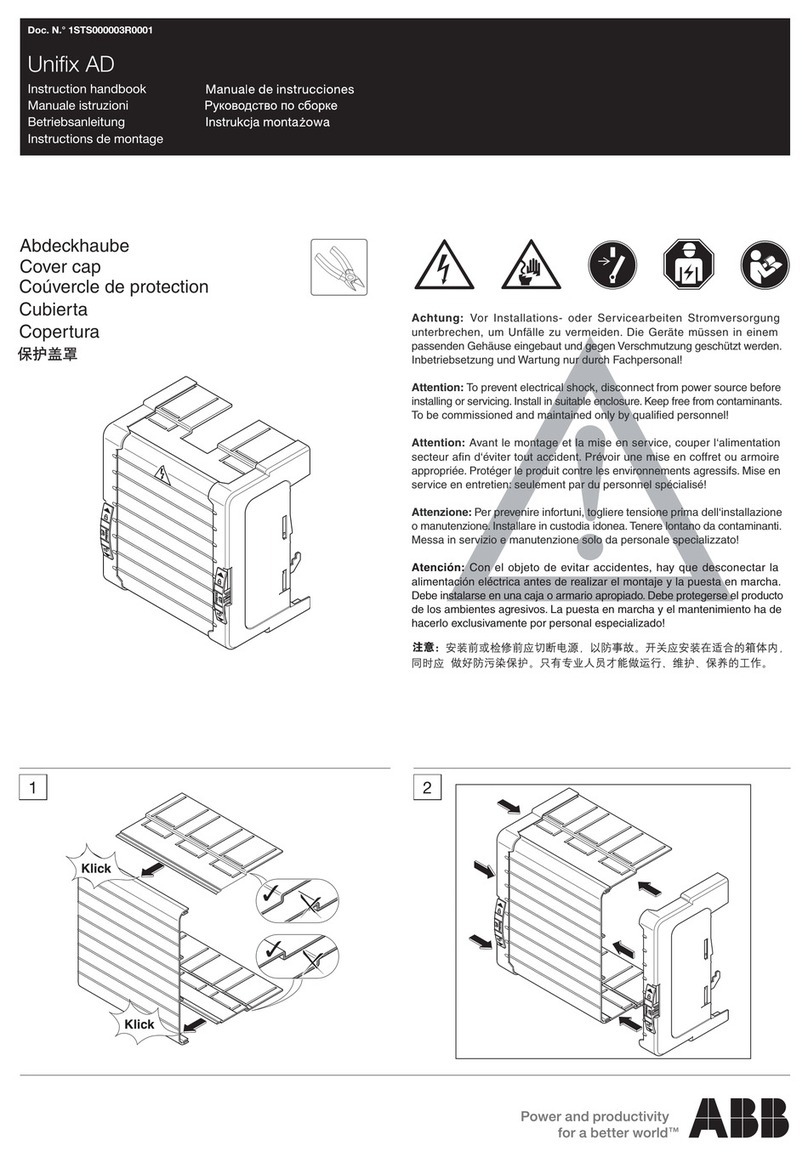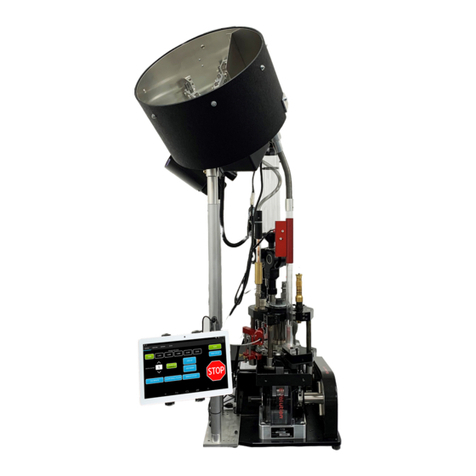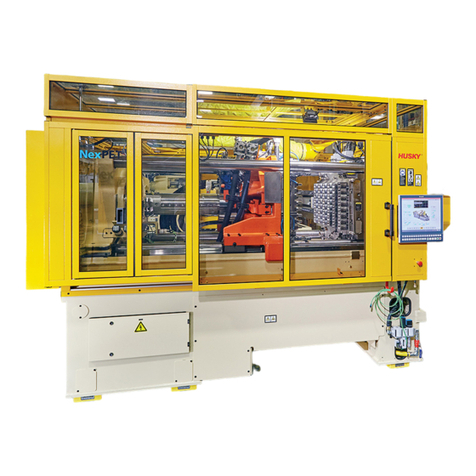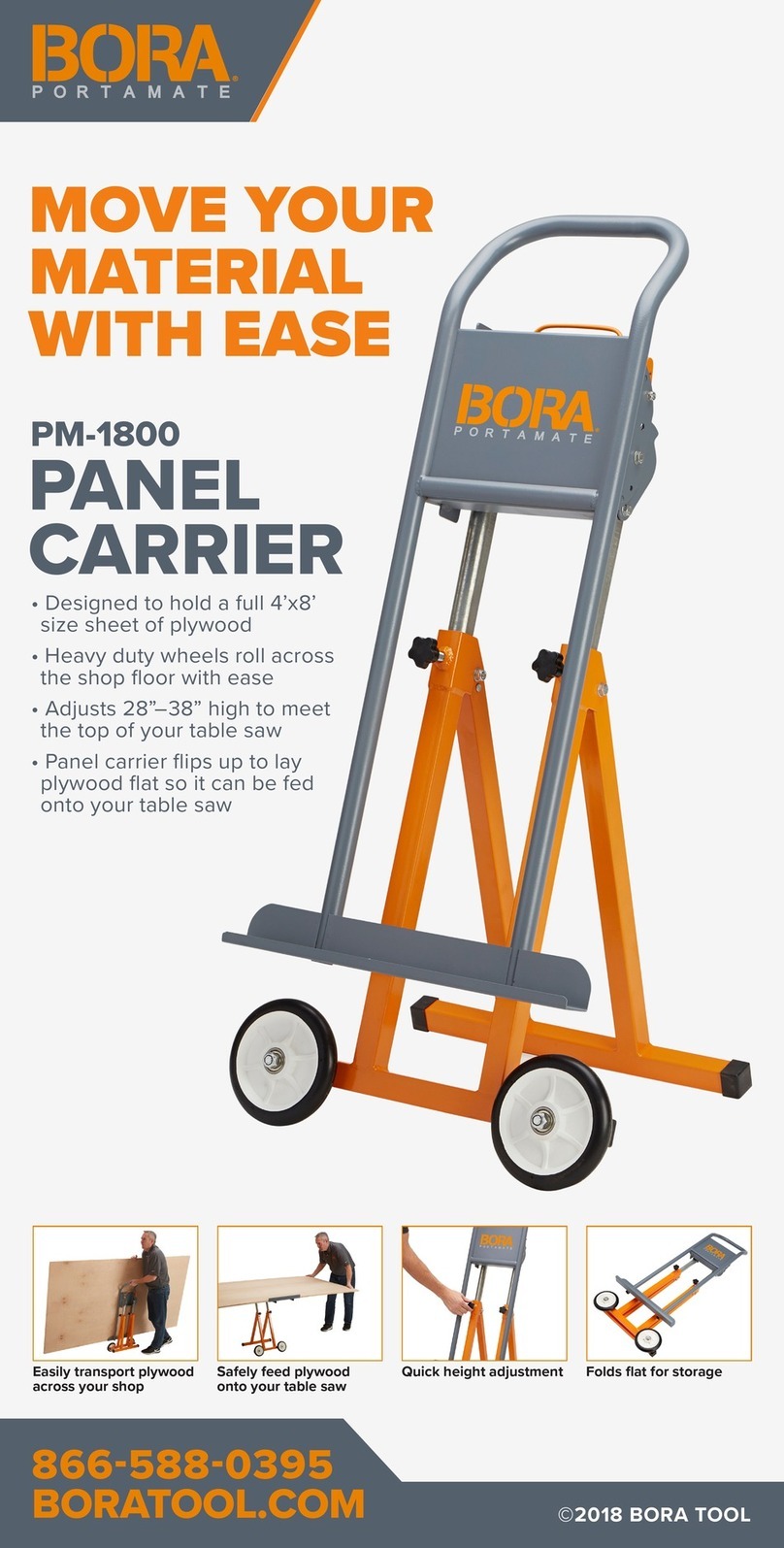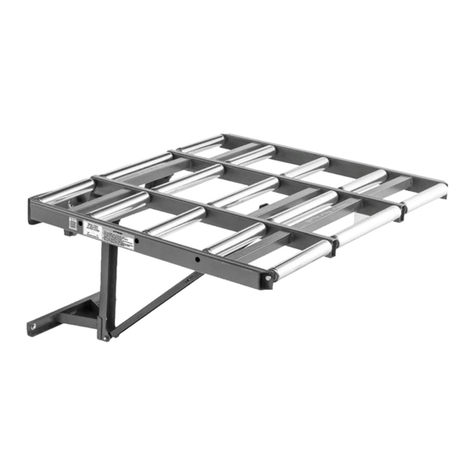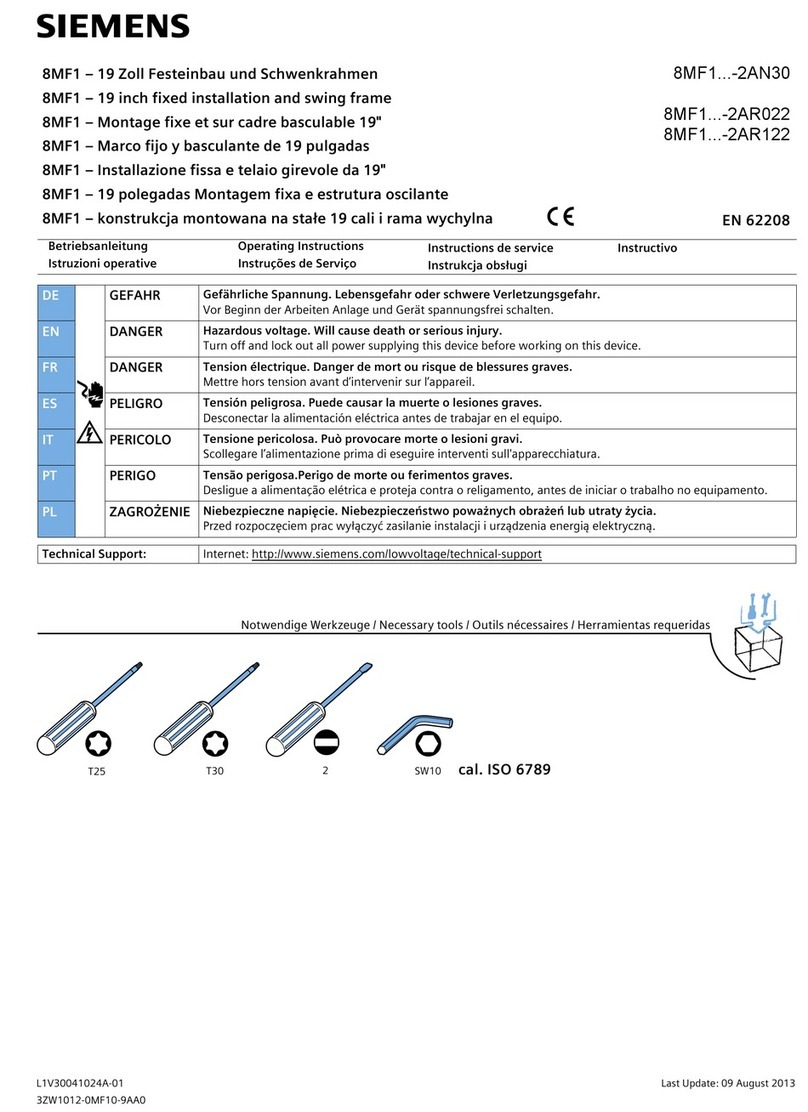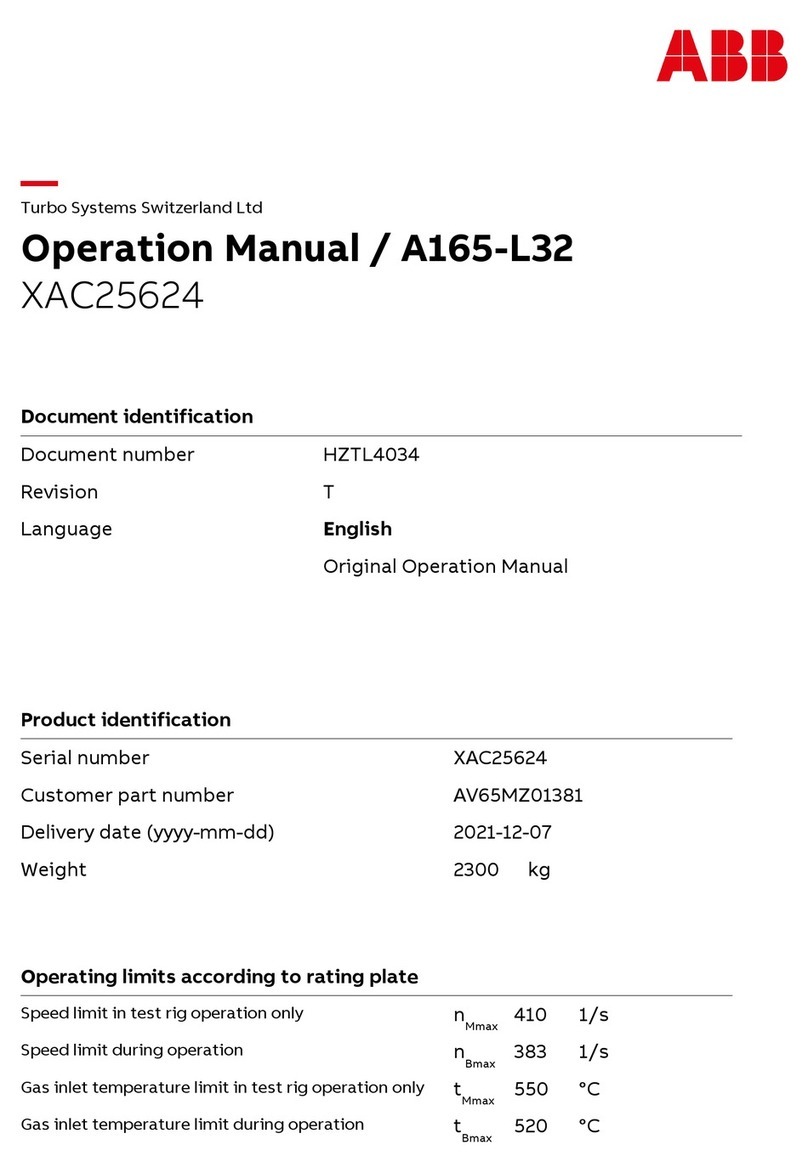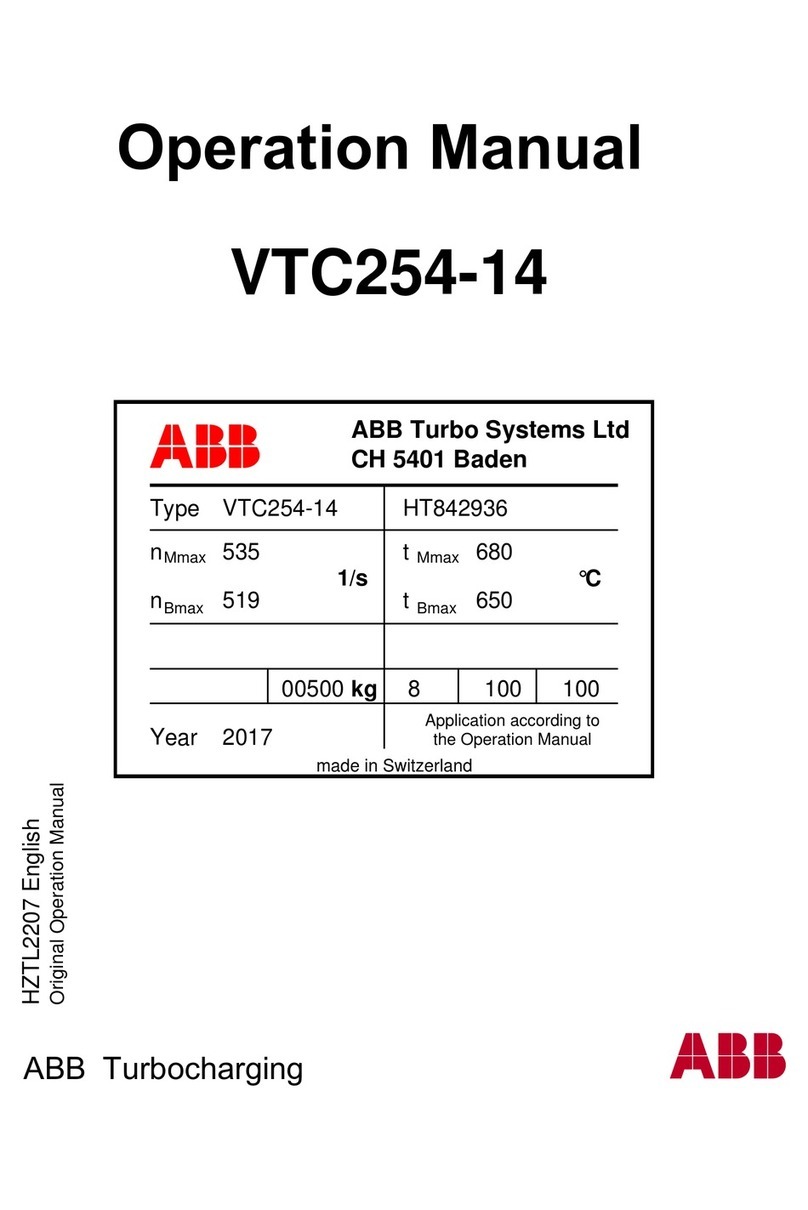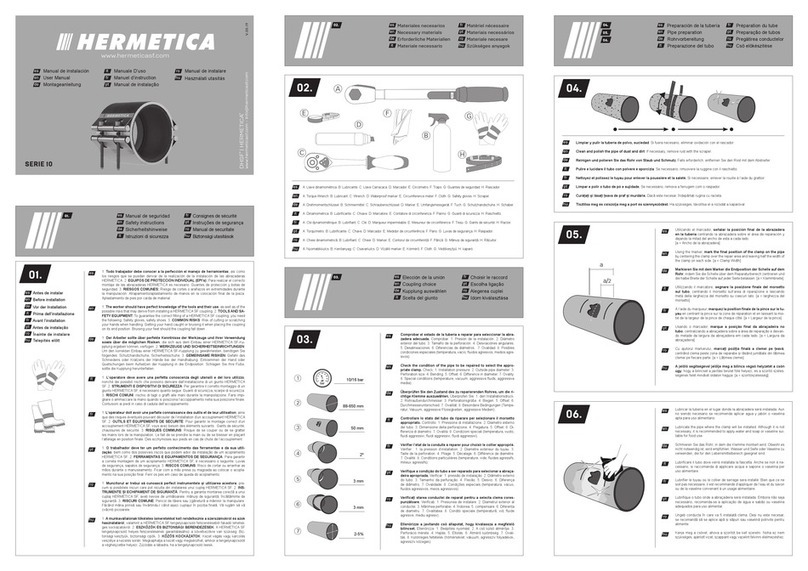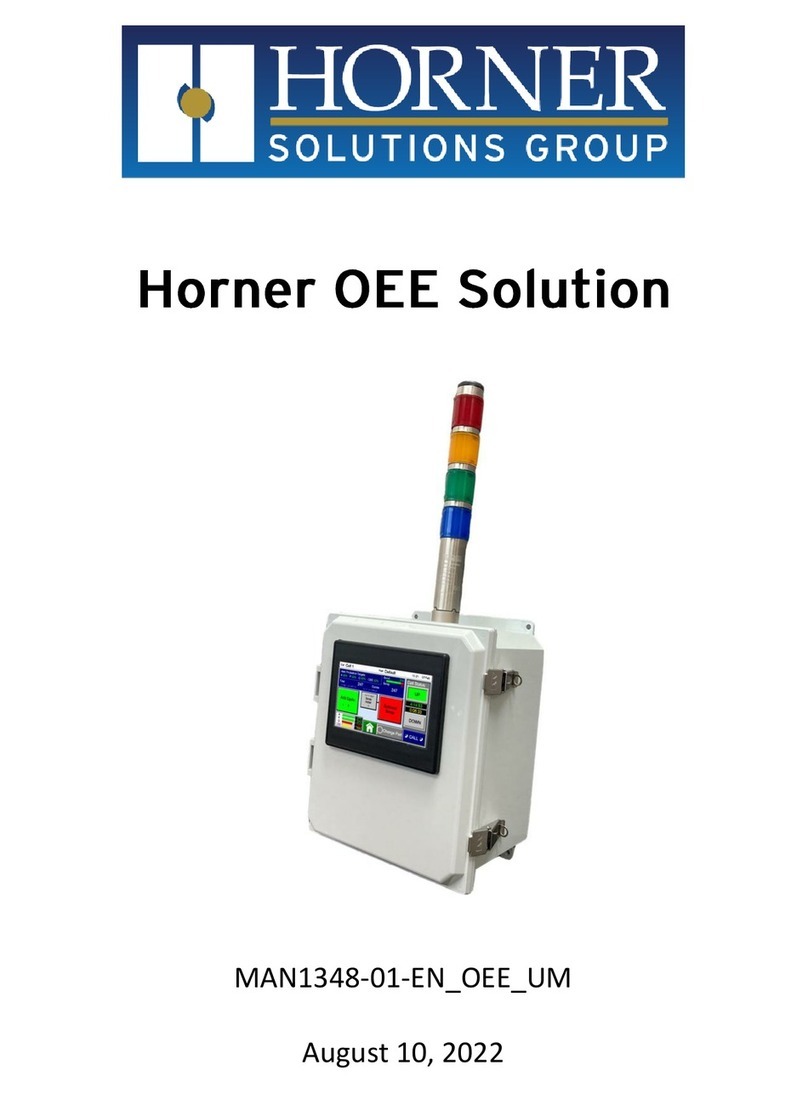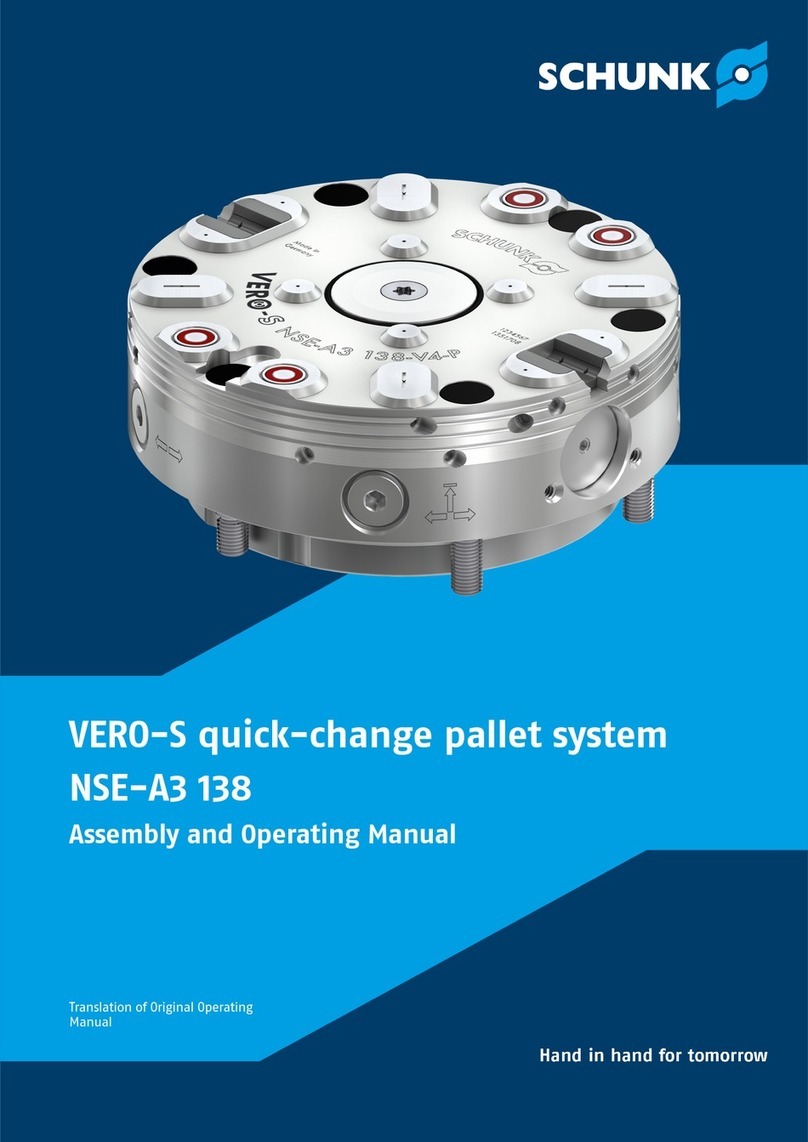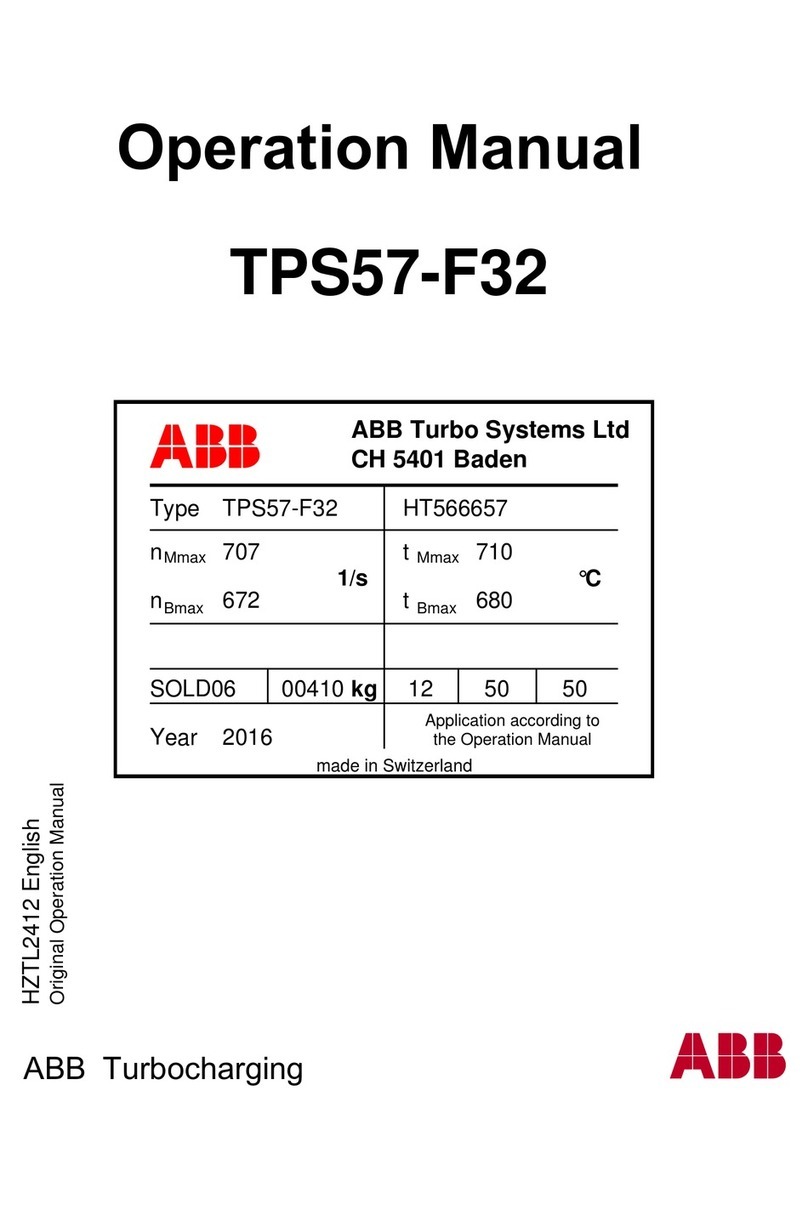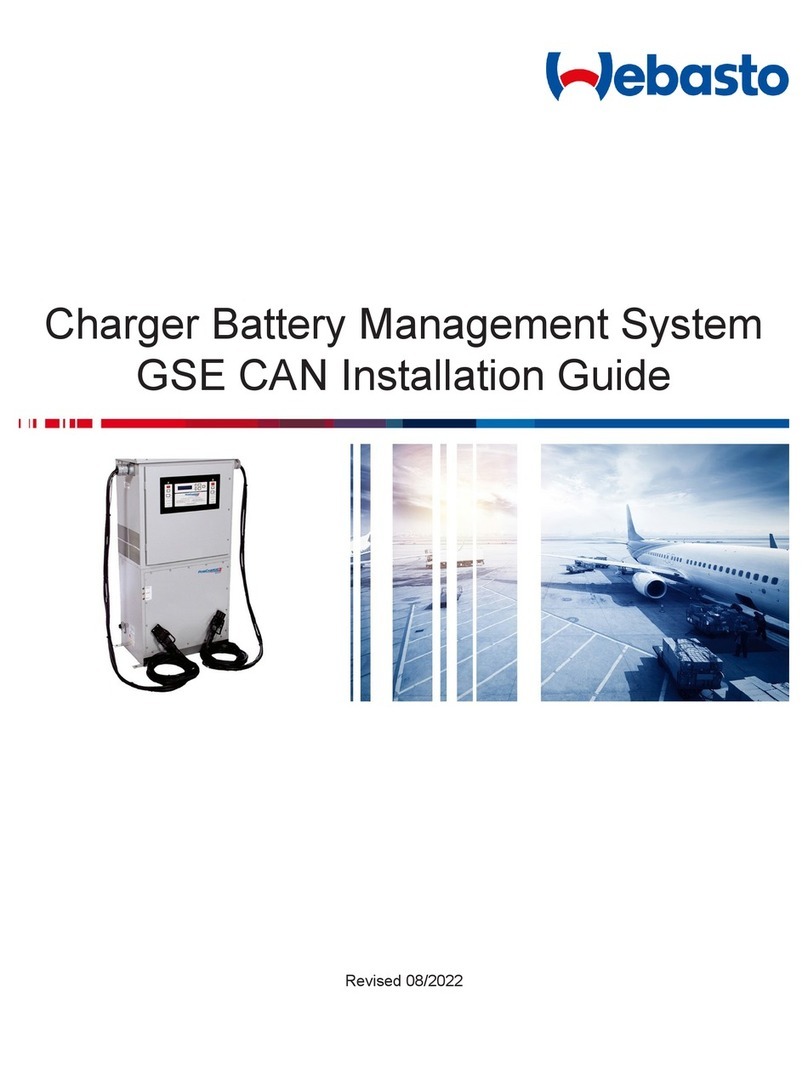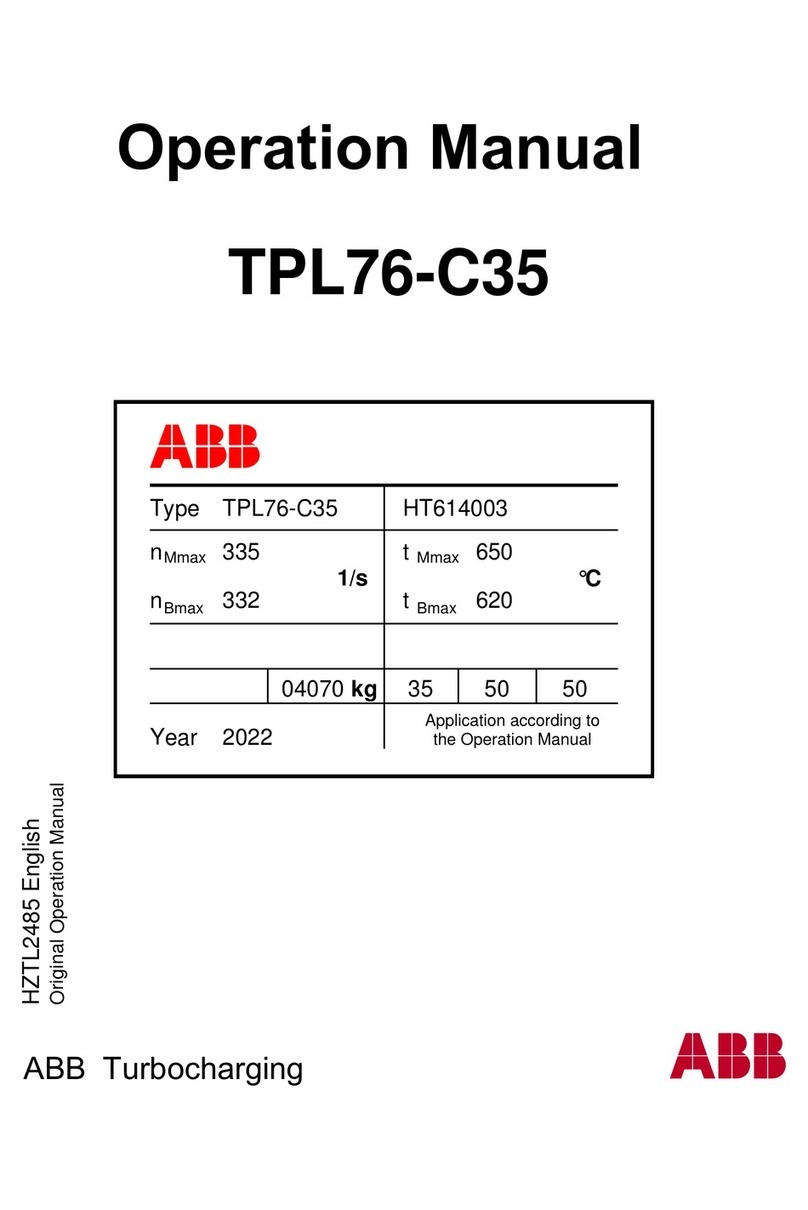
7
BA201
Operating Safety
WARNING!
Do not operate the machine until you are
thoroughly familiar with the position and function
of the various controls. Read the operator’s
manual thoroughly. Your safety is involved!
W065
WARNING!
Do operate the machine when not attached to
a tow vehicle. Machine could tip over causing
serious injury or death. Keep tow vehicle
attached and lower stabilizers fi rmly to the
ground for stability.
W097
WARNING!
Electrocution Hazard. Be aware of overhead
or underground power lines. Stay at least 20 ft
(6 m) or more away. Serious injury or death
could occur from electrocution. Electrocution is
possible without direct contact (arcing).
W015
WARNING!
Underground utility hazard. Contact an
underground utility locating and marking service
before digging.
W017
• Please remember it is important that you read the
operator's manual and heed the safety signs on the
equipment. They are there for your safety, as well as the
safety of others. The safe use of this machine is strictly up
to you, the operator.
• Before moving, making, adjustments or servicing, put the
machine in safe condition:
-install boom pin lock
-shut off the engine
-turn fuel valve off
-ensure boom is in safe position
-secure the tow vehicle / trailer from movement
• Review Safety Section in the operator's manual to set up
the operator Safe Zone and Work Zone.
• Position the trailer to provide a firm base for the stabilizer
pads before beginning excavation.
• Extend stabilizers to support frame while excavating.
• Keep the unit attached to the tow vehicle for extra stability.
• Review the work site and plan the project before starting,
clearly marking the area to be excavated.
• To avoid cave-in hazards, keep stabilizer and trailer tires at
least 3 ft (1 m) away from the edge of the trench.
• Have the area surveyed for underground utilities before
starting to dig.
• Stay at least 20 ft (6 m) away from power lines.
Electrocution can occur without direct contact.
• Do not allow riders or move or carry people on this
machine at any time.
• Be aware of your operator Safe Zone. Keep bucket, boom
and material outside of it.
• Keep all bystanders out of the Work Zone, at least 20 feet
(6 m) feet away from trailer and boom while excavating or
when engine is operating.
• Position the controls and operate the machine opposite the
Work Zone.
• Do not operate the engine inside a closed building.
Asphyxiation can occur from engine exhaust.
• Do not walk or work under a raised machine or attachment.
It is potentially hazardous to depend on the hydraulic
system to hold the machine or attachment in place.
• Never consume alcoholic beverages or drugs which hinder
alertness or coordination while operating this equipment.
Consult your doctor about operating this machine while
taking prescription medications.
• Stay away from overhead utilities and obstructions.
• Never allow children or unauthorized people to operate or
be around this machine.
• Keep hydraulic lines and fittings tight, free of leaks, in good
condition and clean.
• Keep the working area clean and free of debris to prevent
tripping. Operate only on level ground.
• When operating this equipment, it is recommended to have
at least two operators present and trained in safe operation
of the machine. All operators must be completely familiar
with all components of the machine and their function.
• Review safety instructions before each use or at least
annually.
